SUMMARY
This is AI generated summarization, which may have errors. For context, always refer to the full article.
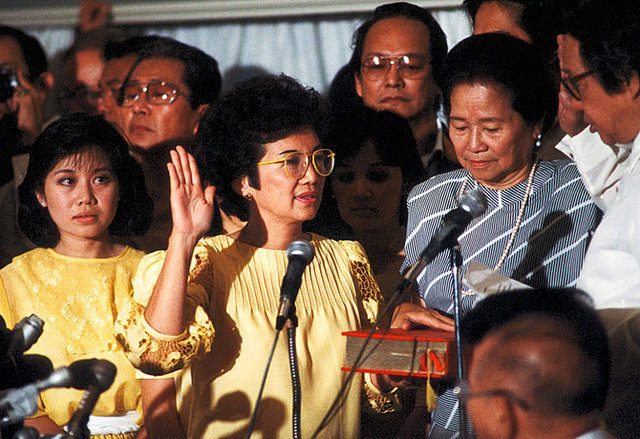
MANILA, Philippines – The month of February marks the anniversary of the 1986 People Power Revolution.
The 4-day event from February 22 to 25 will forever be etched in history as the “bloodless” revolution, which culminated with the end of a dictatorship that was also marked by human rights violations.
Thousands of Filipinos took to the streets and clamored for freedom from the two-decade iron fist rule of then president Ferdinand Marcos.
Rappler recalls the prominent figures of that period and the roles they played during the people’s revolt and revisits their post-EDSA lives.
Corazon Aquino
Corazon Aquino, a self-proclaimed housewife, became a prominent figure of the opposition after the death in 1983 of her husband, also the staunchest critic of Marcos, Benigno Aquino Jr.
Her loss in the presidential snap elections against Marcos in 1986 was widely believed to have been attended by fraud, sparking a “People Power Revolution”. The 4-day uprising ended with her taking her oath as the 11th president of the Philippines.
Aquino served as president from 1986 until 1991, her administration hounded by several coup attempts, the Mendiola massacre, and power blackouts.
In 2008, she was diagnosed with colorectal cancer and died in 2009 at age 76.
Following her death, people clamored for her only son Benigno Aquino III to run for president under the Liberal Party (LP) in 2010. LP’s original presidential candidate, then senator Manuel “Mar” Roxas II, gave way to Aquino and eventually became his vice presidential running mate.
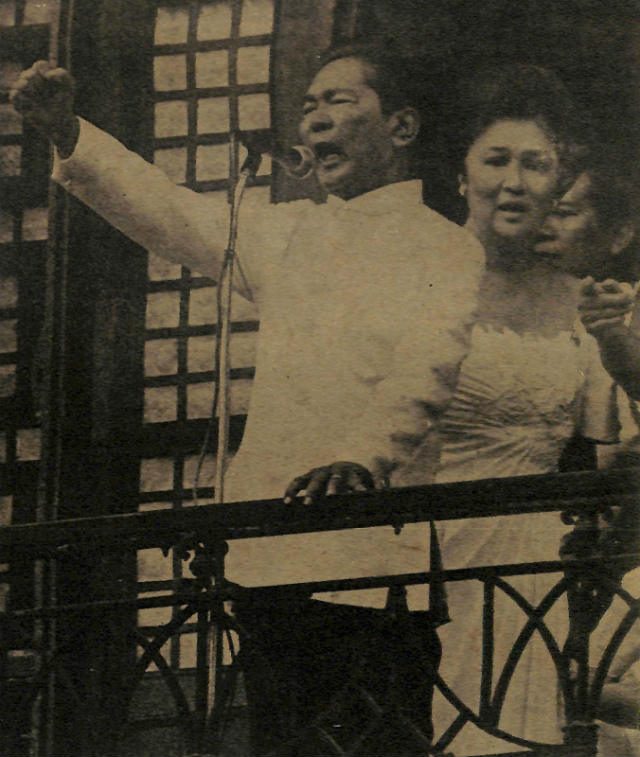
Ferdinand Marcos
Ferdinand Marcos held on the presidency from 1965 until the uprising forced him and his family to leave the country in 1986. His two-decade rule saw the imposition of Martial Law and various human rights abuses – especially against those he deemed critical of the government.
As disdain for his administration grew, Marcos called for a snap election in 1985 with Arturo Tolentino as his running mate. In 1986, he won but faced allegations of tampered results to favor him over then opposition bet Corazon Aquino.
He, however, maintained that he had won a 4th term amid the growing supporters of the opposition and defecting government officials as reflected during the People Power Revolution. In February 25, Marcos took oath as president in Malacanang Palace but, together with his family and close allies, fled to Hawaii with the help of United States authorities later that day.
Marcos died after two years in exile on September 28, 1989. His body was flown to the Philippines – and later interred inside a crypt in his bailiwick Ilocos Norte – in 1993.
In 2016, after the victory of President Rodrigo Duterte, the long-running issue of whether or not former president Ferdinand Marcos should be buried at the Libingan ng mga Bayani (Heroes’ Cemetery) has finally been put to rest. Marcos was stealthily buried at the Heroes’ Cemetery past noon on November 28, 2016 with full military honors. (TIMELINE: The Marcos burial controversy)
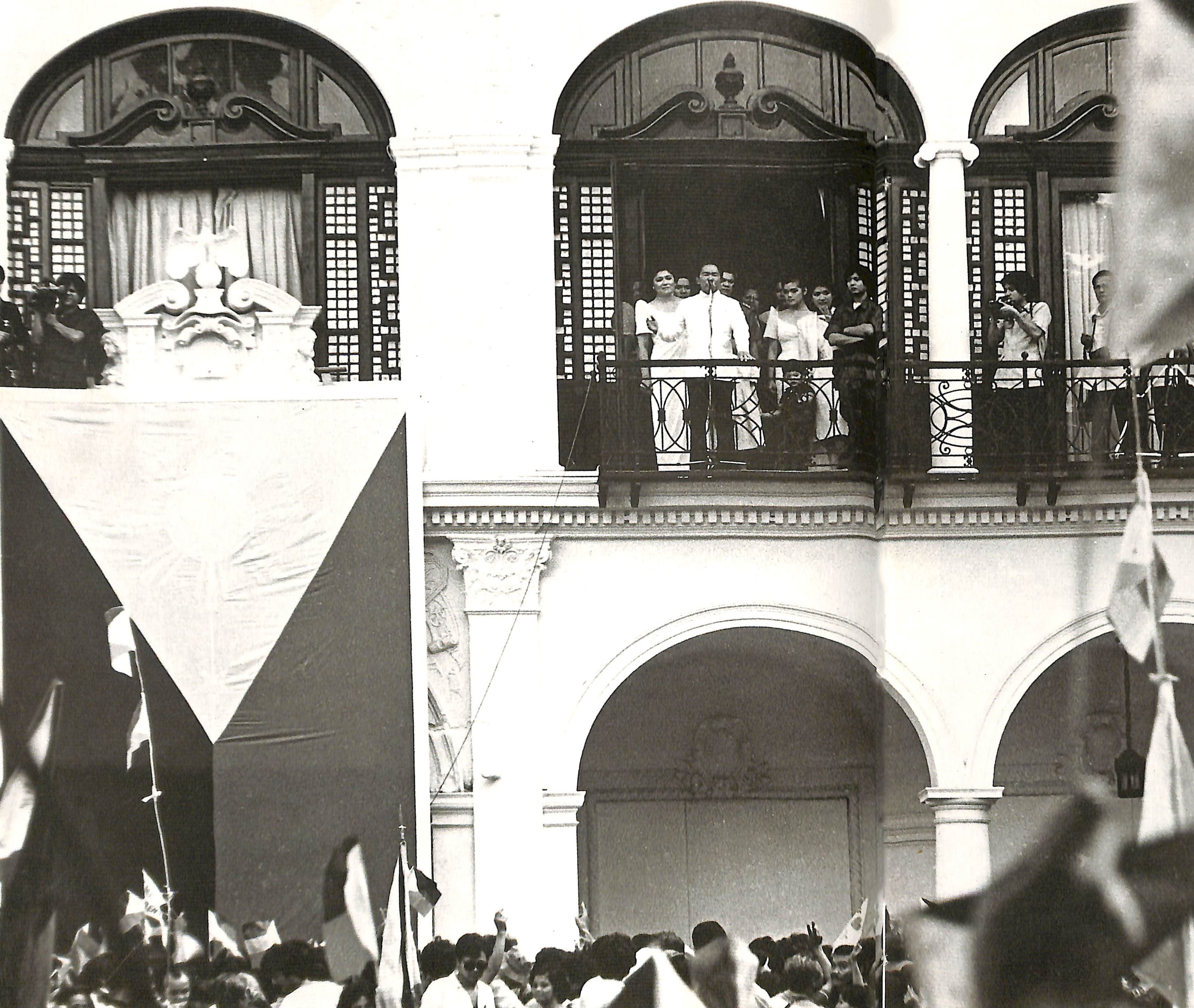
Imelda Marcos and the Marcos children, Bongbong, Imee, and Irene
Imelda Marcos spent most of her time as First Lady projecting the Philippines to the world through extravagant events and infrastructure such as the Cultural Center of the Philippines and the controversial Manila Film Center.
But the so-called Steel Butterfly is also famous for her vast shoe collection which was reported to contain more than 1,000 pairs.
After 6 years in exile and two years since her husband’s death, she was allowed to go back to the Philippines in 1991. Her political aspirations pushed her to run for president during the 1992 presidential elections but she lost. Three years after, she was elected first district representative of Leyte.
Among the Marcos children who spent a huge part of their childhood living a privileged life as presidential children, two are also serving as government officials along with their mother.
Ferdinand “Bongbong” Marcos Jr., only son and namesake of the late dictator, is now Philippine president after winning in the 2022 national elections. Former presidential daughter and Davao City mayor Sara Duterte is his vice president.
Prior to winning the presidency, Marcos already enjoyed a long career in government. He served as Ilocos Norte governor and representative before being elected to the Senate in 2013.
In 2016, he ran for vice president alongside then-senator Miriam Defensor Santiago but lost to the Liberal Party’s Leni Robredo. He beat Robredo in the 2022 presidential elections.
Imee Marcos, who had held government positions during her father’s regime – Kabataang Barangay head and Ilocos Norte Assemblywoman from 1984 to 1986 – returned to politics as 2nd district representative of their bailiwick in 1998. She then became Ilocos Norte governor and in 2019, won as senator.
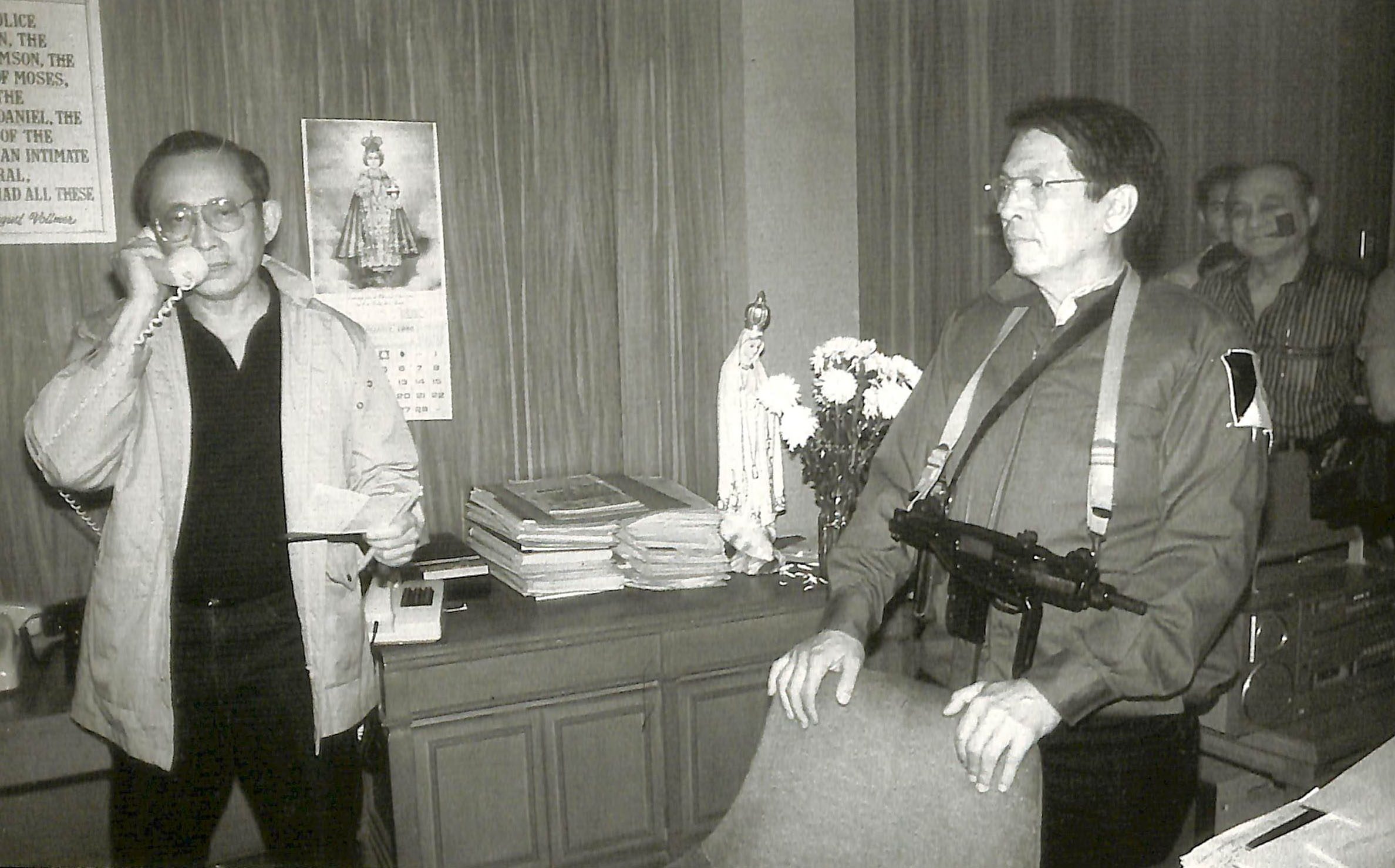
Defense minister Juan Ponce Enrile
Juan Ponce Enrile is regarded as the architect and implementer of martial law as defense minister under Marcos. But after the 1986 snap election, he, together with then Lt General Fidel Ramos, publicly declared withdrawal of support for Marcos.
Enrile later served as National Defense secretary but eventually resigned in the latter part of 1986. He later became a senator in 1987 and in 1995.
In 2014, Enrile was indicted for plunder and graft before the Sandiganbayan in relation to the misuse of the Priorirty Development Assistance (PDAF) Fund. He was detained, and after more than a year, regained temporary liberty after posting bail amounting to P1.45 million ($30,462.50)* in 2015. (TIMELINE: Enrile and the pork barrel scam)
Enrile ran but lost in the 2019 senatorial elections. He now serves as chief presidential legal counsel of President Marcos.
Fidel V. Ramos
Fidel V. Ramos was the AFP Vice Chief and also the Philippine Constabulary chief under the Marcos administration.
In February 1986, he resigned and withdrew support from the government to support the rebel soldiers. He and Enrile were called out over radio by Marcos, who asked them to “stop this stupidity.”
Ramos was appointed AFP chief of staff and later National Defense secretary under the Aquino administration, defending it against several coup attempts.
In 1992, he ran for president with the support of Aquino and eventually won against Miriam Defensor Santiago, Ramon Mitra Jr, and former First Lady Imelda Marcos, among others. He got 24% of the votes. It was during his presidency when the Philippines 2000 socio-economic program was implemented.
Ramos was also instrumental in the second EDSA Revolution against then president Joseph Estrada in 2001.
Ramos died at the age of 94 on July 31, 2022.
Fabian Ver
Fabian Ver was AFP chief under Marcos and was accused of masterminding the assassination of Benigno Aquino Jr. He, together with other soldiers implicated by the fact-finding commission, was acquitted in 1985.
A known strong ally of the dictator who often clashed with Enrile and Ramos, Ver stood with Marcos throughout the non-violent revolution from February 22 to 25. Several accounts said that he, together with Bongbong Marcos, continually urged the president to blow up rebel camps.
Loyal until the end, Ver and his family fled with the Marcoses and other cronies to Hawaii as Marcos’ 21-year rule came to an end. He did not return to the Philippines as Ramos and Aquino considered him a threat to national security.
Ver died in 1998 in Bangkok and was buried in his hometown of Sarrat, Ilocos Norte.
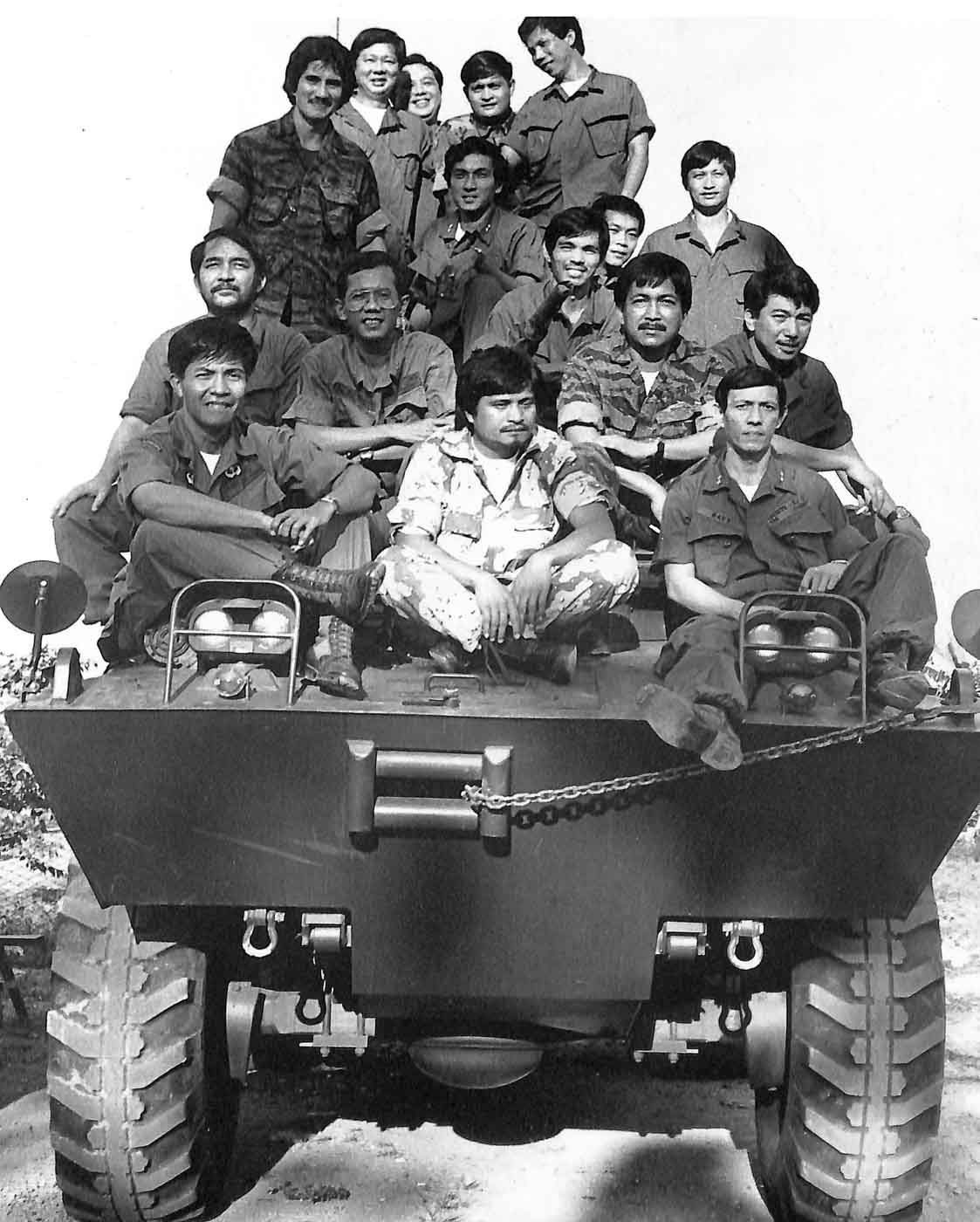
Reform the Armed Forces Movement
The Reform the Armed Forces Movement (RAM) was formed in 1982 by junior military officers who were against corruption and cronyism in the AFP. The movement was also considered an important player in the revolt against the Marcos dictatorship.
RAM helped Enrile plan a mutiny but was later foiled. It was then when Enrile enlisted the help of Ramos.
Among the members of RAM were Enrile’s aide-de-camp at the time, Gregorio “Gringo” Honasan II, and Lt Col Eduardo “Red” Kapunan.
The bemoustached Honasan would later lead at least two unsuccessful coup attempts against the very person he and his group supported for the presidency. He was also accused of masterminding the 2003 Oakwood mutiny against the administration of then president Gloria Macapacal Arroyo.
Honasan has been a senator for 4 terms already, first running as independent in 1995. He faced a graft complaint over the PDAF scam. In 2016, he ran for the vice presidency under the United Nationalist Alliance of then-vice president Jejomar Binay.
In 2018, he was appointed as secretary of the Department of Information Communications and Technology.
Honasan ran for senator under the ticket of Marcos-Duterte in the 2022 elections but failed to make it in the top 12.
Kapunan, meanwhile, was implicated in the murder of labor leader Rolando Olalia and Leonor Alay-ay in November 1986. He was detained in 2012 but was released on bail in 2014. In 2017, Kapunan became the Philippine ambassador to Myanmar.
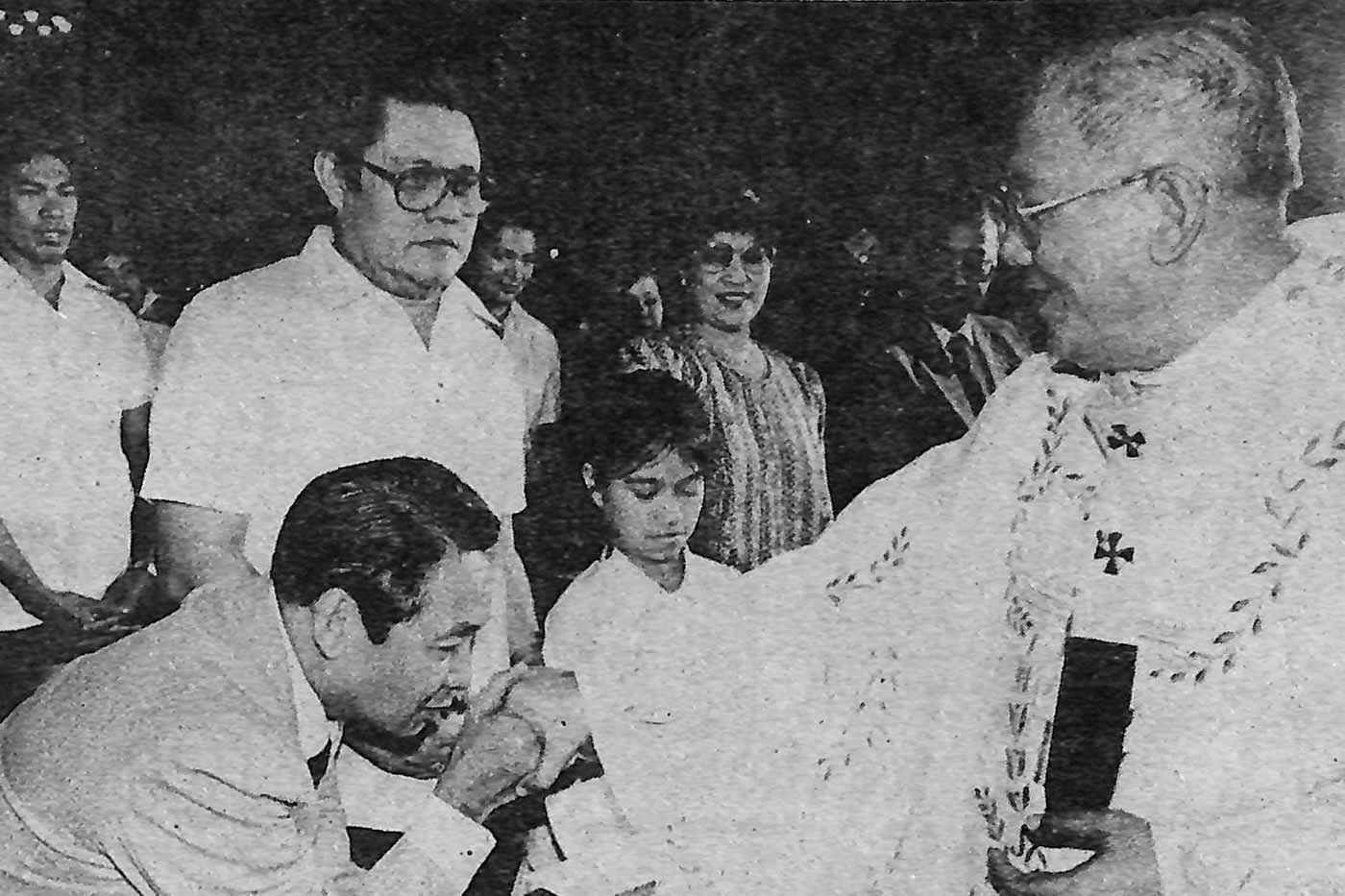
Jaime Cardinal Sin
The late Jaime Cardinal Sin was instrumental in rallying thousands of Filipinos to flock to EDSA during the people’s revolt against the Marcos dictatorship.
On February 22, the Manila Archbishop rallied people to support Ramos, Enrile, and other rebel soldiers. He aired his plea for food and other aid over Radio Veritas – the Catholic Church-owned radio station which broadcast developments in the uprising against Marcos in February 1986.
His plea came after his conversation with Enrile regarding his plans and the Catholic Bishops’ Conference of the Philippines’ condemnation of the fraudulent snap election.
He once again played a big role during another people’s revolt in 2001 against Estrada.
In 2005, Sin died due to renal failure at the age of 76.
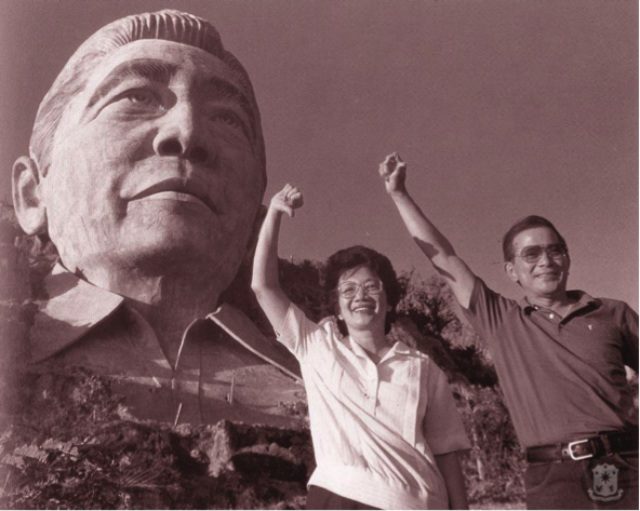
Salvador P. Laurel
Salvador P. Laurel was a leader of the United Nationalist Democratic Organization (Unido), the primary opposition party during the Marcos administration.
Despite him being named as the party’s presidential candidate, Laurel stepped aside and gave way to Aquino. He joined her campaign as vice presidential candidate. They both lost, however, in a fraud-marred snap election which eventually led to the People Power Revolution.
On February 25, Laurel took his oath as vice president at Club Filipino. In 1992, he failed to win the presidency after Aquino threw her support behind Ramos.
He later served as chairman of the Philippine National Centennial Commission from 1996 to 1999. He was charged with graft in relation to the Centennial Expo in the Clark Freeport Zone in Pampanga. He denied the charges.
Laurel spent most of his private life after retiring from politics in the United States where he died from lymphoma in 2004.
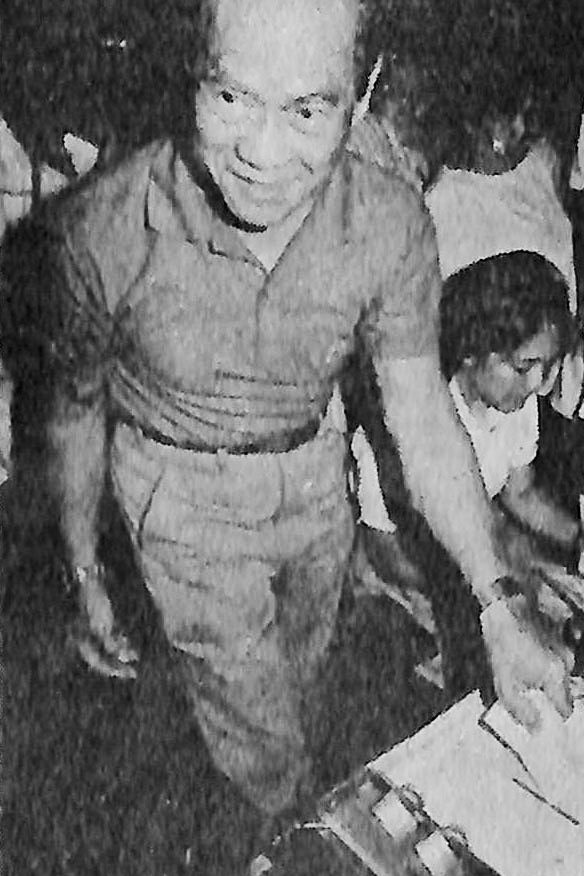
Arturo Tolentino
Arturo Tolentino was Marcos’ vice presidential running mate during the 1986 snap elections against Aquino and Laurel. He won but the results were suspect.
Tolentino later launched a coup stating that he was “constitutionally the acting president”, and together with Marcos allies, barricaded the Manila Hotel on July 8, 1986. He, however, did not get the huge support he was expecting and eventually dispersed the crowd two days after.
He won a Senate seat in 1992 and retired from politics in 1995. Tolentino died of a heart attack in 2004. – Rappler.com
Add a comment
How does this make you feel?
![[Closer Look] ‘Join Marcos, avert Duterte’ and the danger of expediency](https://www.rappler.com/tachyon/2024/06/TL-trillanes-duterte-expediency-june-29-2024.jpg?resize=257%2C257&crop_strategy=attention)

![[Newspoint] A Freedom Week joke](https://www.rappler.com/tachyon/2024/06/20240614-Filipino-Week-joke-1.jpg?resize=257%2C257&crop_strategy=attention)

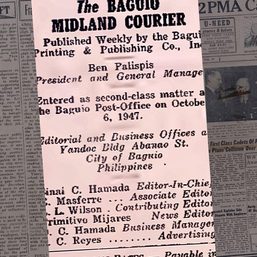



![[OPINION] If it’s Tuesday it must be Belgium – travels make over the Marcos image](https://www.rappler.com/tachyon/2024/04/tl-travel-makeovers-marcos-image.jpg?resize=257%2C257&crop_strategy=attention)
![[OPINION] Raised on radio](https://www.rappler.com/tachyon/2024/04/raised-on-radio.jpg?resize=257%2C257&crop=396px%2C0px%2C720px%2C720px)
![[Just Saying] Marcos: A flat response, a missed opportunity](https://www.rappler.com/tachyon/2024/04/tl-marcos-flat-response-april-16-2024.jpg?resize=257%2C257&crop=277px%2C0px%2C720px%2C720px)
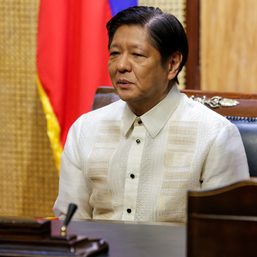

There are no comments yet. Add your comment to start the conversation.